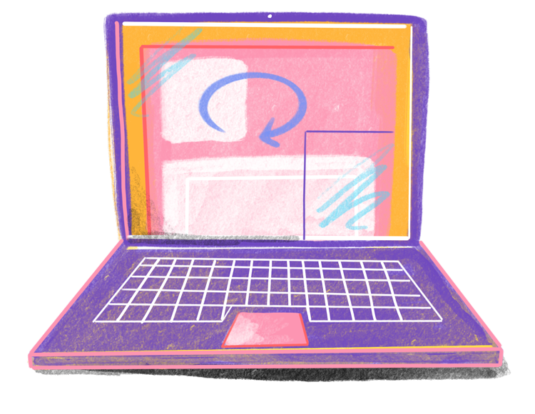Availability of notes following PCP visits was associated with improved adherence by patients prescribed antihypertensive, but not antihyperlipidemic, medications. As the use of fully transparent records spreads, patients invited to read their clinicians’ notes may modify their behaviors in clinically valuable ways.
Studies
Connecting Patients and Clinicians: The Anticipated Effects of Open Notes on Patient Safety and Quality of Care
The OpenNotes movement began in 2010 with the goal of fostering patient engagement in care and enhancing communication among patients, families, and clinicians. In a demonstration and evaluation study, 1 105 primary care physicians in three cities collectively invited 20,000 of their patients to read their visit notes through a secure electronic portal. After the first year, patients reported many benefits, including feeling more in control of their health, being more prepared for visits, and taking their medications with greater adherence. Physicians saw benefits with little burden, and none chose to stop participating when the pilot ended. Today, the OpenNotes movement has grown from 20,000 patients to about 5 million patients at multiple health care institutions nationwide.
Patient Access to Online Visit Notes: Perceptions of Doctors and Patients at an Urban HIV/AIDS Clinic
Patients living with HIV/AIDS face large societal and medical challenges. Inviting patients to read their doctors’ visit notes via secure electronic portals may empower patients and improve health. We investigated whether utilization and perceptions about access to doctors’ notes differed among doctors and patients in an HIV/AIDS clinic versus primary care setting. We analyzed pre- and 1-year postintervention data from 99 doctors and 3819 patients. HIV clinic patients did not report differences in perceived risks and benefits compared to primary care clinic patients, however, they were more likely to share notes with friends (33% versus 9%, P = .002), other health professionals (24% versus 8%, P = .03), or another doctor (38% versus 9%, P < .0001). HIV clinic doctors were less likely than primary care doctors to change the level of candor in visit notes (P < .04). Our findings suggest that HIV clinic patients and doctors are ready to share visit notes online.
VA OpenNotes: exploring the experiences of early patient adopters with access to clinical notes
Objective To explore the experience of early patient adopters who accessed their clinical notes online using the Blue Button feature of the My HealtheVet portal.
Methods A web-based survey of VA patient portal users from June 22 to September 15, 2013.
Results 33.5% of respondents knew that clinical notes could be viewed, and nearly one in four (23.5%) said that they had viewed their notes at least once. The majority of VA Notes users agreed that accessing their notes will help them to do a better job of taking medications as prescribed (80.1%) and be better prepared for clinic visits (88.6%). Nine out of 10 users agreed that use of visit notes will help them understand their conditions better (91.8%), and better remember the plan for their care (91.9%). In contrast, 87% disagreed that VA Notes will make them worry more, and 88.4% disagreed that access to VA Notes will be more confusing than helpful. Users who had either contacted their provider or healthcare team (11.9%) or planned to (13.5%) primarily wanted to learn more about a health issue, medication, or test results (53.7%).
Conclusions Initial assessment of the patient experience within the first 9 months of availability provides evidence that patients both value and benefit from online access to clinical notes. These findings are congruent with OpenNotes study findings on a broader scale. Additional outreach and education is needed to enhance patient awareness. Healthcare professionals should author notes keeping in mind the opportunity patient access presents for enhanced communication.
Patients Who Share Transparent Visit Notes With Others: Characteristics, Risks, and Benefits
Inviting patients to read their primary care visit notes may improve communication and help them engage more actively in their health care. Little is known about how patients will use the opportunity to share their visit notes with family members or caregivers, or what the benefits might b
Blue Button use by patients to access and share health record information using the Department of Veterans Affairs’online patient portal
Objective
The Blue Button feature of online patient portals promotes patient engagement by allowing patients to easily download their personal health information. This study examines the adoption and use of the Blue Button feature in the Department of Veterans Affairs’(VA) personal health record portal, My HealtheVet.
Materials and methods
An online survey presented to a 4% random sample of My HealtheVet users between March and May 2012. Questions were designed to determine characteristics associated with Blue Button use, perceived value of use, and how Veterans with non-VA providers use the Blue Button to share information with their non-VA providers.
Online Access to Doctors’ Notes: Patient Concerns About Privacy
Offering patients online access to medical records, including doctors’ visit notes, holds considerable potential to improve care. However, patients may worry about loss of privacy when accessing personal health information through Internet-based patient portals. The OpenNotes study provided patients at three US health care institutions with online access to their primary care doctors’ notes and then collected survey data about their experiences, including their concerns about privacy before and after participation in the intervention.
OpenNotes: Hospitalists’ challenge and opportunity
At a time of societal fascination both with transparency and the explosion of health information technologies, a growing number of hospitals are offering, or will soon offer patients and their family instantaneous access to their doctors’ and nurses’ notes. What will this new opportunity for patient engagement mean for the hospitalist? Today, state and federal government regulations either encourage or require healthcare providers to grant patients access to their clinical information. But despite the rules embedded in the federal Health Insurance Portability and Accountability Act (HIPAA), patients often face time-consuming obstacles in their quest for access, and many providers view compliance as a burden. We suggest an alternative view: Over time, we anticipate that inviting patients to review their medical record will reduce risk, increase knowledge, foster active engagement, and help them take more control of their care. The OpenNotes trial provides clues as to how such practice will affect both patients and providers (1, 2). We anticipate that transparent records will stimulate hospitalists, PCPs, and other caregivers to improve communication throughout the patient’s hospital stay. OpenNotes offers a special opportunity for improving the patient experience after leaving the hospital as well. Open notes will be viewed by many as a disruptive change, and the best strategy for adapting will be to move proactively to create policies that establish clear guidelines, for which the authors offer some suggestions.
Patient Experiences With Full Electronic Access to Health Records and Clinical Notes Through the My HealtheVet Personal Health Record Pilot: Qualitative Study
Full sharing of the electronic health record with patients has been identified as an important opportunity to engage patients in their health and health care. The My HealtheVet Pilot, the initial personal health record of the US Department of Veterans Affairs, allowed patients and their delegates to view and download content in their electronic health record, including clinical notes, laboratory tests, and imaging reports.
The urban underserved: attitudes towards gaining full access to electronic medical records
As the use of electronic medical records (EMRs) spreads, health-care organizations are increasingly offering patients online access to their medical records. Studies evaluating patient attitudes towards viewing elements of their records through secure, electronic patient portals have generally not included medically underserved patients or those with HIV/AIDS. The goal of this study was to gain insight into such patients’ attitudes towards online access to their medical records, including their doctors’ visit notes.



